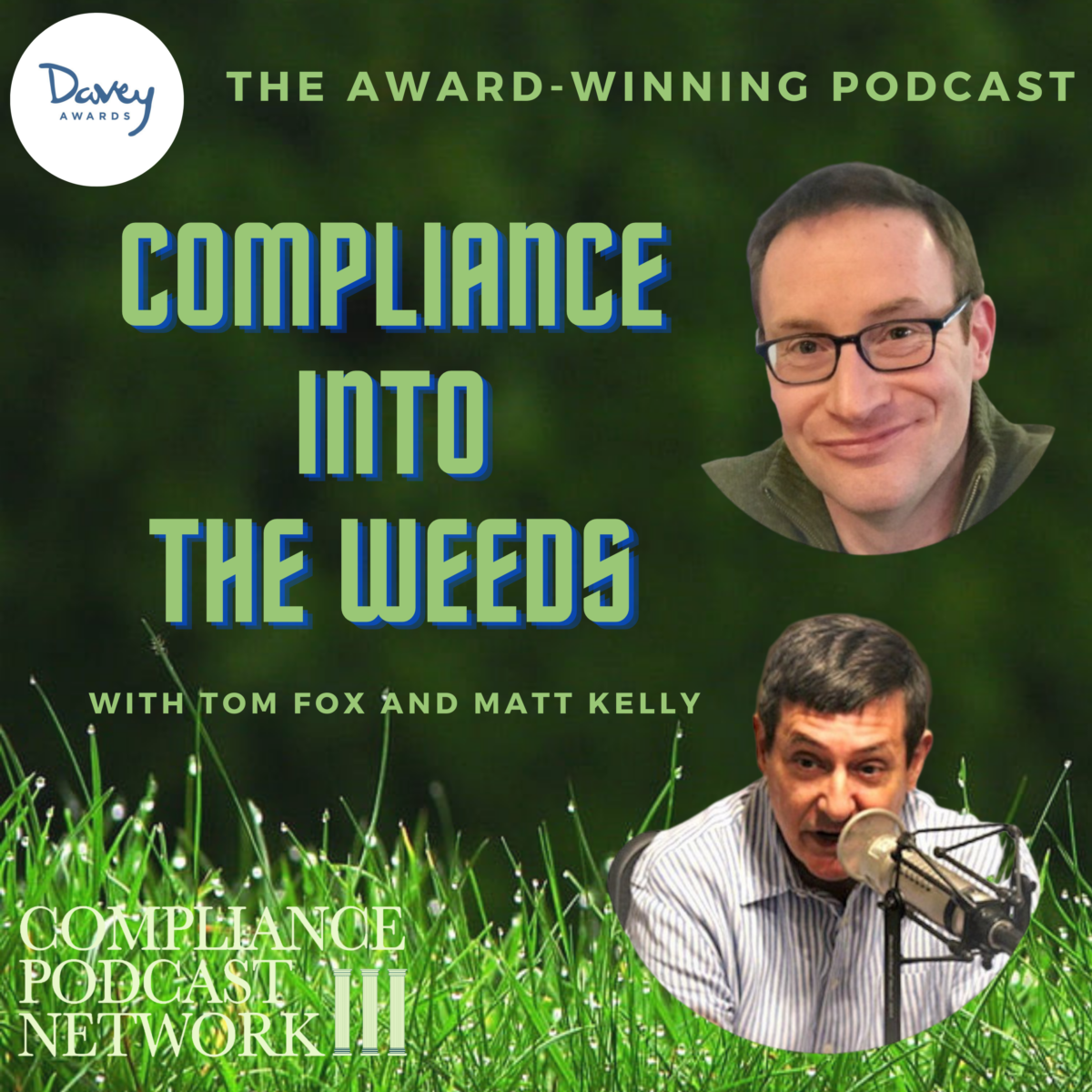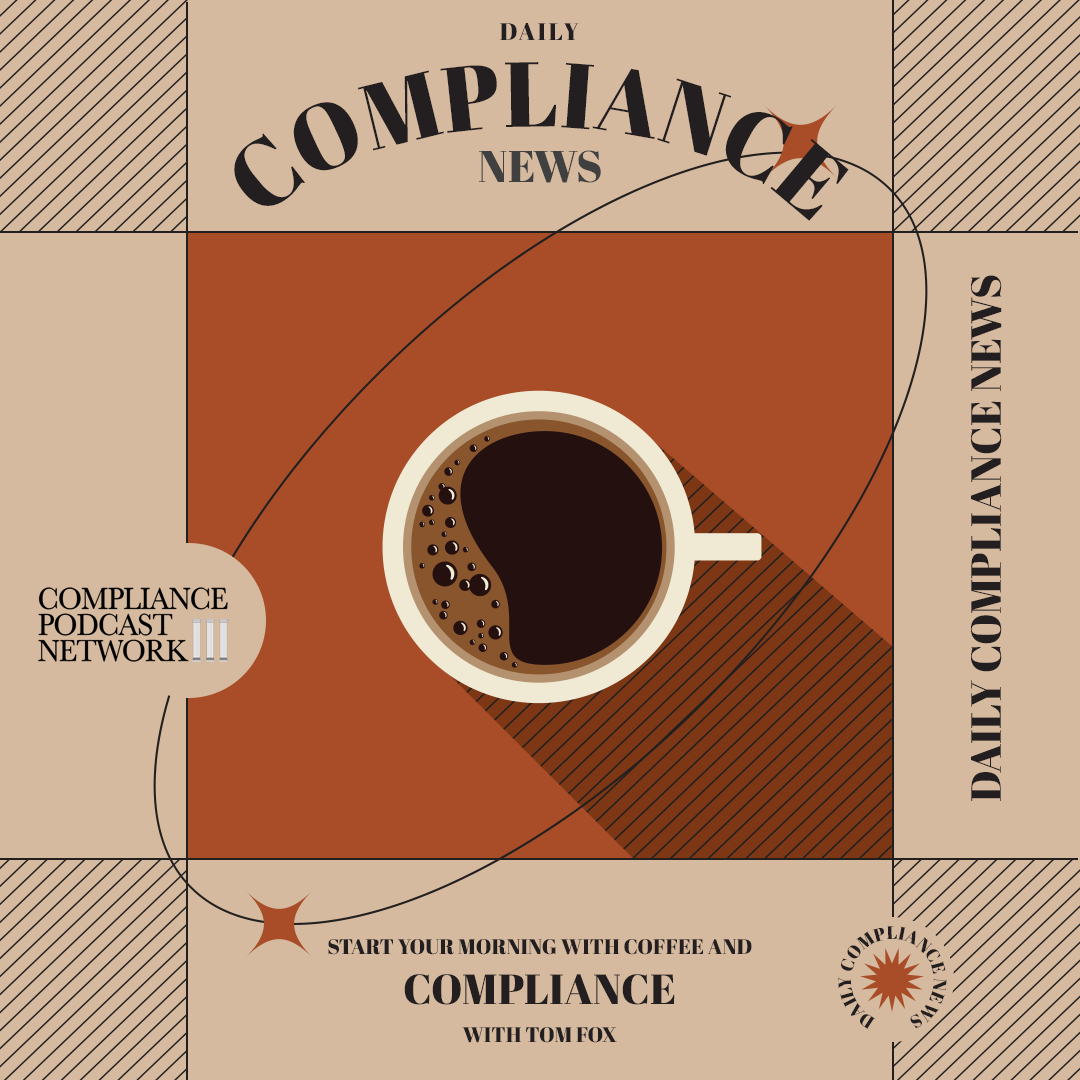There has not been a company that has had a run of worse publicity in 2024 than Boeing. Unfortunately, it has been self-inflicted. I recently participated in a webinar with Sam Silverstein on what Boeing can do to try and pull itself out of the miasma it now finds itself in, which has led to regulatory and criminal scrutiny, critical damage to its reputation, loss of market share, deterioration of its customer relationships, the resignation of its CEO, and destruction of trust within its massive workforce.
The webinar began with a dive into Boeing’s historical mergers, particularly with McDonnell Douglas in 1997, which marked a significant cultural shift within the company. Initially, Boeing was renowned for its high engineering standards, but post-merger, a more bottom-line-focused culture from McDonnell Douglas took precedence. This shift from quality to cost-efficiency laid the groundwork for the issues Boeing faces today.
This consequence of post-merger cultural misalignments led to deep-rooted issues. For Boeing, this resulted in a culture where the drive to reduce costs and increase profitability overshadowed the foundational emphasis on engineering excellence and safety. This cultural shift manifested in various high-profile crises, such as the 737 Max incidents, which were symptomatic of broader systemic problems—problems where the cultural ethos of safety and thoroughness was compromised. Further, when cultural values are misaligned with corporate actions, employee morale, and product quality suffer significantly.
The most important question for Boeing is how it begins a cultural comeback. It all begins with the top leadership, which plays a key role in any cultural transformation. The reason is straightforward: true change starts at the top—leaders must embody the values they wish to see throughout the organization. This involves more than just setting policies; it requires leaders to actively promote a culture of quality, safety, and integrity.
Fortunately, there is a blueprint for Boeing to begin a culture turnaround. It is the procedure that compliance professionals use to manage ethics and compliance risks. The process itself is simple, but execution is not always easy. The process of Assessment leads to Strategy Development, Strategy Implementation, Monitoring of Strategy Implementation, and Continuous Improvement.
With a company the size of Boeing, you need a comprehensive software tool that can assess the corporate culture in a wide variety of ways. Trust, ethics, health, safety, values, beliefs, clarity of mission, quality of decision-making, the value of people, the quality of engagement, accountability, innovation and change, and leadership are but some of the areas that need to be measured in your initial assessment.
In short, you need a tool designed to diagnose and understand your organization’s cultural health. This assessment is not just about identifying weaknesses but also reinforcing strengths. A culture assessment can offer actionable insights that guide strategic change by systematically analyzing various cultural facets—like accountability, ethics, employee engagement, and safety.
Using a software tool to diagnose and understand the current state of organizational culture, you will obtain data about the state of your culture and actionable insights that you can use to form the basis of your comeback strategy. A practical culture assessment can reveal areas of strength to build upon and weaknesses that require strategic interventions. For instance, if there is a deficiency in trust and safety in manufacturing, leadership can clarify that safety is the No. 1 priority. Management can celebrate those who come forward with safety issues in the manufacturing process instead of marginalizing them.
Next is implementing the strategy through training and communications throughout the company. Once again, such an approach is well-known to the compliance community. Further, it is simple but will require effort and commitment by senior management. In 2022, Boeing reported roughly 156,000 employees, representing 47 nationalities in 65 countries around the globe. Yet, think of Siemens’ comeback after its 2008 bribery and corruption scandal. With a similar number of employees around the globe, the company’s top leadership made it clear through in-person training and communications that a change would happen.
Not surprisingly, Siemens management found that employees were sick and tired of being known as a bribery and corruption company. Boeing employees are the same way. They take tremendous pride in working for their organization and will embrace any change to return to the company’s roots of quality and excellence.
Next is the ongoing monitoring of the implemented strategy, which forms an essential component going forward. You cannot simply implement your strategy; you must also monitor the results. Using software tools like the Culture Audit allows companies to gauge their progress and continuously make adjustments where necessary.
You then move to continuous improvement from monitoring. A data-driven approach will allow your organization to provide additional resources, communications, and training where needed. This continuous feedback loop is crucial to maintaining cultural health and aligning it with the company’s strategic objectives.
The lessons from Boeing are applicable globally across industries. Every organization aiming for long-term success must prioritize a culture aligned with its values and objectives. A healthy corporate culture supports a positive internal environment and enhances the company’s reputation and reliability in the eyes of its customers and stakeholders. For companies in cultural crisis, facing their cultural challenges head-on with transparent, actionable strategies offers a path to regain trust and ensure sustainable success. As corporate landscapes continue to evolve, the principles discussed will remain vital for any organization committed to meaningful, enduring change.








